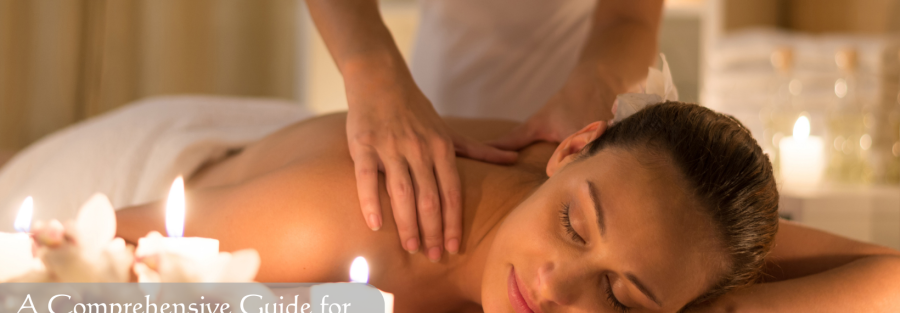Mastering the Art of Chavutti Thirummal: A Comprehensive Guide for Aspiring Practitioners
In the realm of holistic healing traditions, Ayurveda stands tall as a system that emphasizes balance and well-being. Within its vast array of techniques, Chavutti Thirummal, a unique foot massage therapy, has captured the attention of practitioners and clients alike. This powerful massage, delivered with the therapist’s feet, offers a deep tissue experience with a range of potential benefits.
This blog serves as a comprehensive guide for aspiring Chavutti Thirummal practitioners. We’ll delve into the history and philosophy behind this ancient technique, explore the core principles and practice of Chavutti Thirummal, and outline the path to becoming a qualified practitioner.
A Legacy of Healing: Unveiling the History of Chavutti Thirummal
Chavutti Thirummal, literally translating to “foot pressure massage” in Malayalam, boasts an ancient lineage. Its roots are believed to lie in the martial art form of Kalaripayattu, practiced in Kerala, India. Warriors used this unique foot massage technique to maintain flexibility, improve recovery, and enhance their overall physical conditioning. Over time, Chavutti Thirummal transcended its martial arts origins and evolved into a therapeutic practice focused on promoting general health and well-being.
The Ayurvedic Connection:
Ayurveda, a system of holistic medicine developed in India over 5,000 years ago, forms the foundation of Chavutti Thirummal. Ayurveda emphasizes the balance of doshas (vata, pitta, and kapha) – the body’s three vital energies. While Chavutti Thirummal doesn’t directly utilize doshic principles in the same way as other Ayurvedic massages, it aligns with the core philosophy of promoting balance and well-being through physical manipulation.
The Art of the Feet: Understanding Chavutti Thirummal Technique
Chavutti Thirummal stands out for its distinctive method. The therapist, often attired in white clothing for ease of movement, uses their feet to deliver the massage. Balancing with the help of a suspended rope or other support structure, they perform long, rhythmic strokes across the client’s body using the soles, toes, and even heels. This technique allows for deep tissue manipulation, reaching areas that hands might struggle to access.
Core Principles of Chavutti Thirummal:
- Marma Therapy: Chavutti Thirummal may incorporate elements of Marma therapy, the Ayurvedic system of pressure points believed to be مرتبط (murtabit) or “connected” to energy channels in the body.
- Synchronized Movements: The therapist uses a coordinated sequence of footwork, including strokes, kneading, and pressure applications, to deliver a comprehensive massage experience.
- Tailored Approach: While Chavutti Thirummal follows a general structure, experienced practitioners may adjust pressure, focus areas, and duration based on the client’s individual needs.
The Path to Proficiency: Training and Certification for Chavutti Thirummal Practitioners
There’s a growing interest in learning Chavutti Thirummal, but formal training programs can be scarce. Here’s a roadmap to guide aspiring practitioners:
- Seek Reputable Teachers: Look for experienced Chavutti Thirummal practitioners who offer training programs. Ideally, these teachers should have a strong background in Ayurveda and massage therapy.
- Gradual Learning: Begin with foundational courses in anatomy, physiology, and massage techniques. As you progress, seek training specific to Chavutti Thirummal.
- Consider Certification: While not mandatory, some massage therapy associations offer Chavutti Thirummal certifications upon completion of approved training programs.
Additional Tips for Aspiring Practitioners:
- Develop Strong Foot Strength and Flexibility: Mastering Chavutti Thirummal requires well-conditioned feet with good strength and flexibility. Regular foot exercises and yoga practice can be beneficial.
- Practice with Patience: Learning Chavutti Thirummal takes time and dedication. Practice regularly on willing partners, gradually building your confidence and technique.
- Seek Mentorship: Find an experienced Chavutti Thirummal practitioner who can mentor you, answer questions, and provide valuable feedback on your practice.
Beyond the Technique: The Qualities of a Skilled Chavutti Thirummal Practitioner


